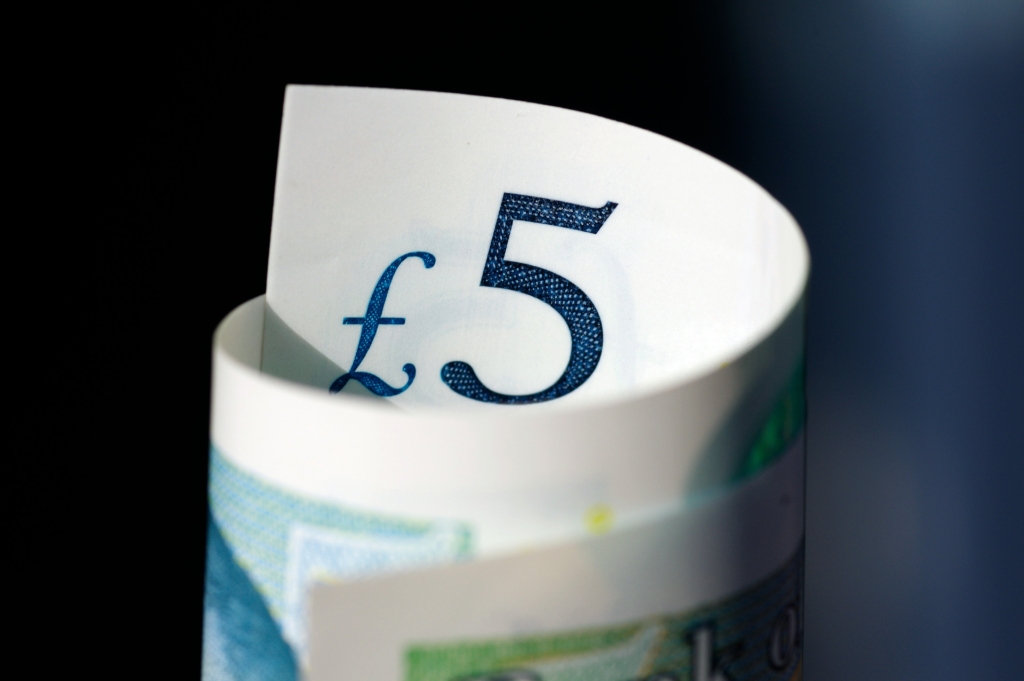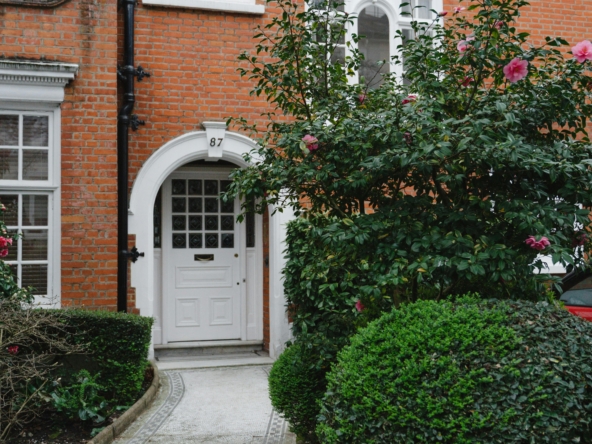Buying a home in London is an exciting yet challenging journey. With its diverse neighbourhoods, rich history, and competitive property market, it’s important to know what to look for to make a smart investment. Whether you’re a first-time buyer or a seasoned homeowner, here are the key factors to consider when purchasing a property in London.
1. Location, Location, Location
The area you choose for your home in London will greatly affect your lifestyle, commute, and future property value. When evaluating a neighbourhood, consider:
- Transport Links: Proximity to the Tube, Overground, and bus routes can make daily life easier. Zones 1-3 offer central convenience, while Zones 4-6 may provide more space for your money.
- Local Amenities: Check for nearby shops, schools, healthcare facilities, and green spaces.
- Future Developments: Investigate planned infrastructure projects or regeneration schemes that could increase property value.
Popular areas for buyers include:
- North London: Known for its leafy suburbs and good schools (e.g., Hampstead, Highgate).
- South London: Offers a mix of modern flats and Victorian homes (e.g., Clapham, Wimbledon).
- East London: Trendy and evolving with more affordable options (e.g., Shoreditch, Stratford).
- West London: Known for luxury living and cultural landmarks (e.g., Kensington, Notting Hill).
2. Property Type and Condition
London properties come in a variety of styles. Be clear on what works best for you:
- New Builds: Modern, energy-efficient, and usually come with warranties, but can lack character.
- Period Properties: Georgian, Victorian, and Edwardian homes offer charm but may require more maintenance.
- Flats vs. Houses: Flats are more common and may come with service charges, while houses offer more privacy and space.
When viewing a property, check for:
- Structural Integrity: Cracks, damp, or subsidence issues.
- Plumbing and Heating: Age of the boiler and water pressure.
- Electrics: Look for outdated wiring that may need replacement.
- Insulation: Energy efficiency affects long-term bills.
3. Leasehold vs. Freehold in London
In London, homes are either freehold or leasehold:
- Freehold home in London: You own the property and the land it stands on. No ground rent or service charges.
- Leasehold home in London: Common with flats; you own the property for a fixed term but not the land. Check the lease length—a short lease can reduce resale value and cost a lot to extend.
4. Cost of Buying a House in London

The asking price is just the beginning. Factor in these additional costs when buying a house in London:
- Stamp Duty Land Tax (SDLT): A tax on properties over £250,000. First-time buyers may benefit from discounts.
- Legal Fees: Solicitor or conveyancer costs typically range from £1,000-£2,500.
- Surveys: Costs vary from a basic home report to a full structural survey (£250-£1,500).
- Maintenance and Renovation: Budget for any updates the property may need.
5. Mortgage and Financing
Secure your financing early to know what you can afford. Consider:
- Mortgage Pre-Approval: Strengthens your buying position.
- Interest Rates: Fixed vs. variable rate options.
- Deposit: Generally, you need at least 5-10% of the property price.
- Affordability Checks: Lenders will assess your income and expenses.
6. Legal and Regulatory Checks
Key checks include:
- Property Title: Confirm ownership and any restrictions.
- Local Authority Search: Identify planning issues or environmental concerns.
- Service Charges and Ground Rent: For leasehold properties.
7. Lifestyle Fit
Beyond the practicalities, think about your long-term lifestyle needs:
- Schools: Crucial if you have or plan to have children.
- Community: Do you prefer a quiet residential area or a bustling city vibe?
- Future Growth: Consider how your living situation may change over time.
Final Tip
Don’t rush the process. Visit properties at different times of day, ask questions, and get professional advice to ensure you make an informed decision. With careful planning, you’ll find your perfect home in London.



